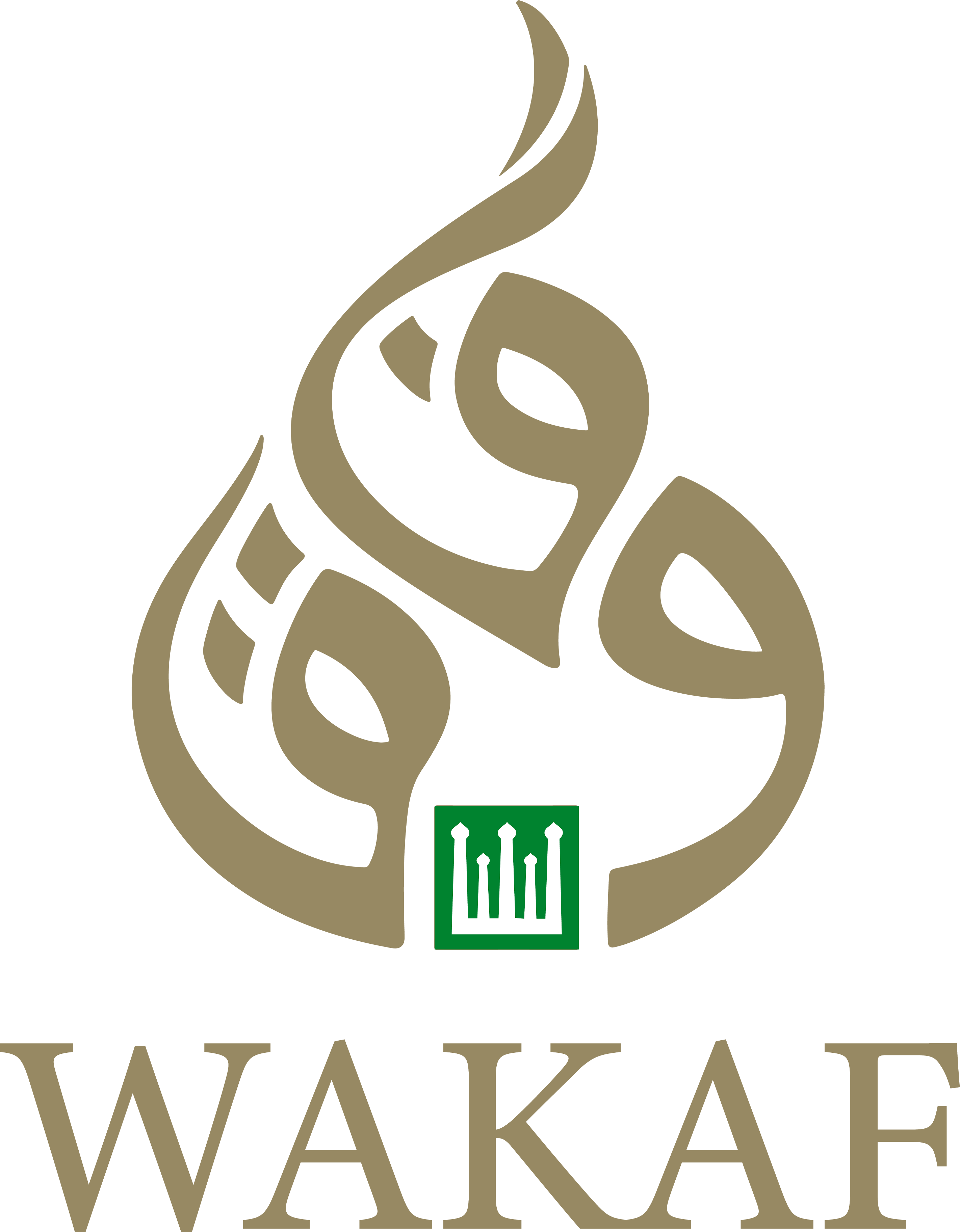What is Wakaf?
Wakaf is when you donate your cash or property as charity for pious and religious causes. The ownership of the asset that you donate is transferred to Allah s.w.t., and cannot be sold, given away or inherited by anyone until the end of time.
This form of ongoing and recurring charity is known as sadaqah jariyah. You will continue receiving rewards and blessings even after you have passed on, as long as the asset that you have donated continues to exist.
If you contribute to Wakaf, you are the wakif.
The party managing your Wakaf assets is the mutawalli.
Virtues of Wakaf
Wakaf allows you to support our Muslim community in the spirit of fardhu kifayah (communal obligations). It is also one of the deeds that will continue being recorded for our souls even after death.
To benefit from sadaqah jariyah (ongoing charity that allows you to reap its rewards even after your death).
“When the son of Adam dies, his actions come to an end except for three; sadaqah jariyah (ongoing charity), knowledge which brought benefit, and a pious child who makes supplication for him.”
– Prophet Muhammad s.a.w as narrated by Abu Hurairah r.a. (Riwayat Imam Muslim)
History of Wakaf in Singapore
Wakaf is one of the oldest institutions within the Singapore Muslim community. Our forefathers left this important legacy because they aspired to see progress and wanted to spread good beyond their lifetimes.
Singapore continues to benefit from the heritage Wakaf assets left behind by three main groups of wakifs: Arab merchants, Indian traders, and Nusantara landowners.
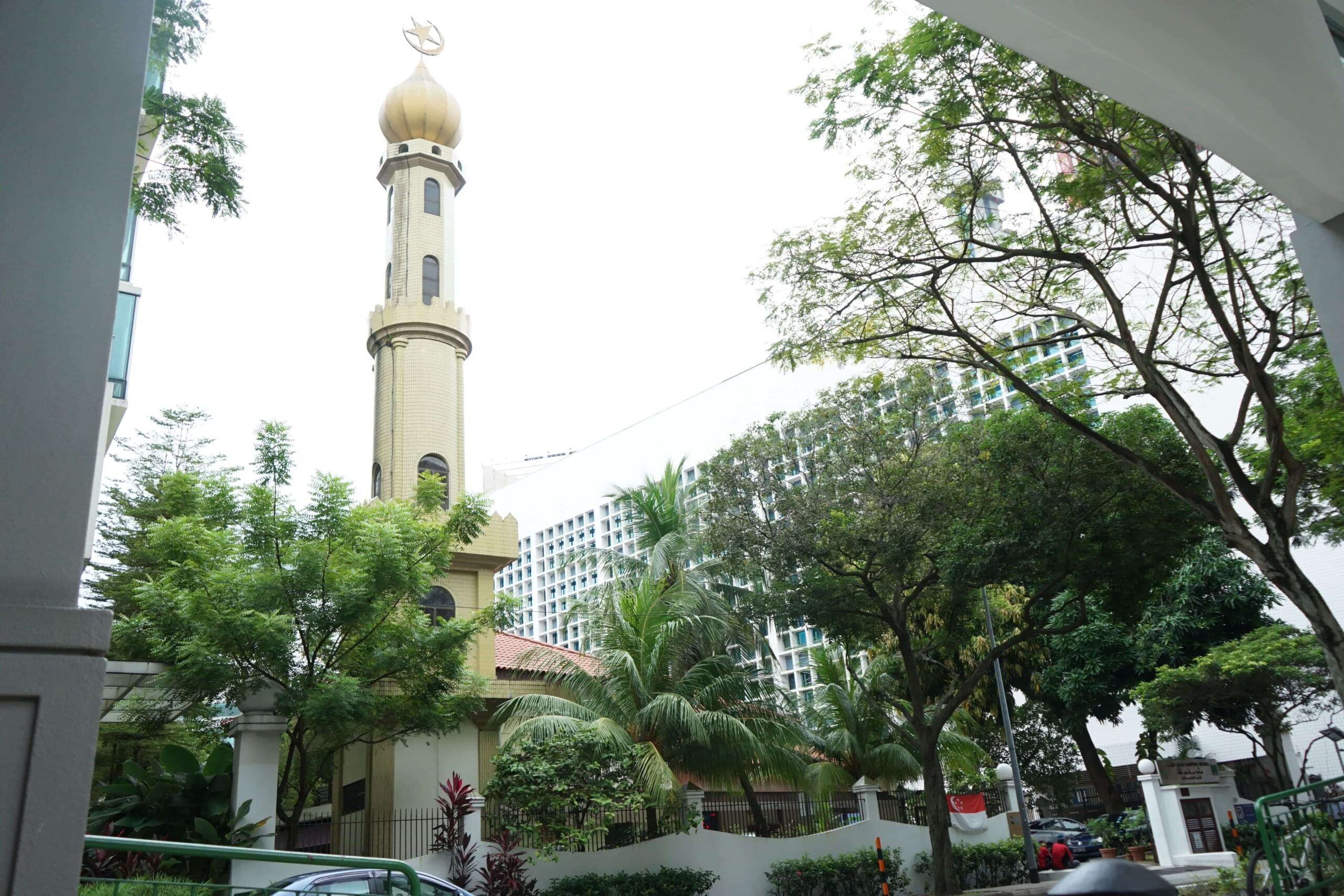
Arab Merchants
The first Wakaf in Singapore, established in 1820, was Wakaf Masjid Omar Kampong Melaka along the Singapore River, donated by Syed Omar Ali Aljunied, an Indonesian trader of Yemeni origin.
He also founded Wakaf Bencoolen, comprising Masjid Bencoolen and properties along Bencoolen Street. Rich Yemeni merchants continued this tradition.
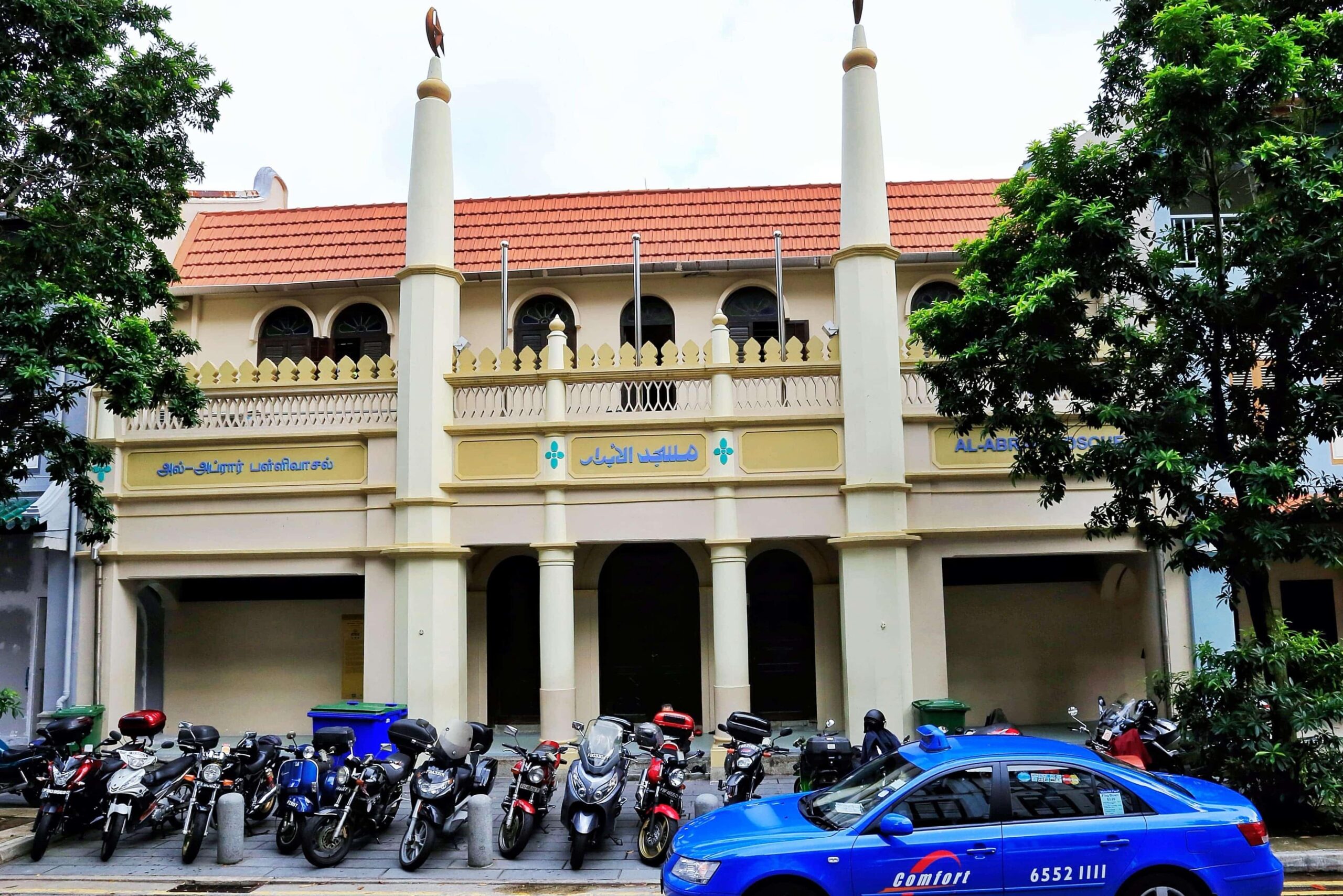
Indian Traders
Indian traders and money changers contributed to Wakaf in Singapore by establishing endowment properties like Masjid Jamae (1826) and Masjid Al-Abrar (1827) under Wakaf Jamae.
Ahna Ally Mohammad Kassim, another Indian trader, established Wakaf Kassim, which includes Masjid Kassim and land along Changi Road.
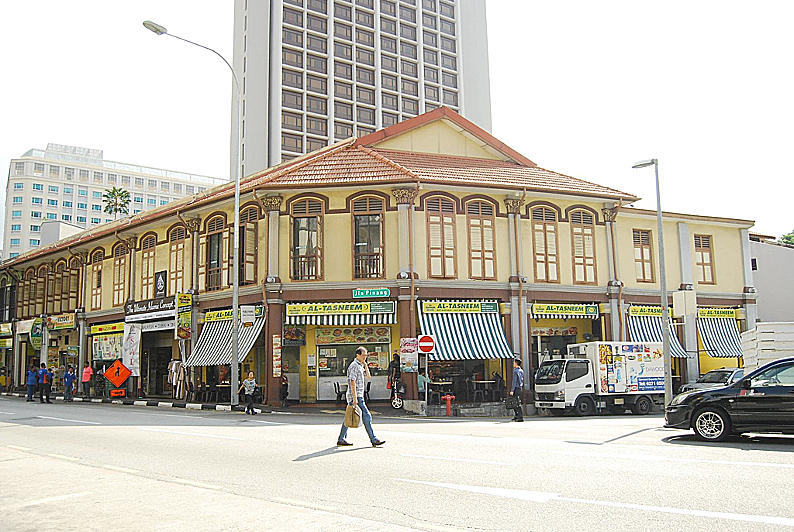
Nusantara Landowners
Wealthy landowners, merchants, and their descendants in the Malay Archipelago established Wakaf in Singapore, fueled by trade-generated prosperity. Notably, Bugis women like Raja Siti Kraeng Chanda Pulih and Hajjah Daeng Tahira Bte Daeng Tadaleh created enduring Wakaf, still benefiting their designated recipients.
Their initiatives highlight the economic influence of women in that era. Remarkably, around one-third of Singapore’s Wakaf originated from female donors, underscoring their significant role in shaping societal welfare and religious endowments.
Conditions of Wakaf
Your Wakaf is valid when you:
- State your intentions to contribute a Wakaf
- Make it eternal and not for a limited period only
- Accept that it is irreversible, which means that you cannot ask for its ownership back
Types of Wakaf
Traditional
Traditional Wakaf involves the endowment of tangible assets such as land, buildings, or other physical properties for charitable purposes, usually in perpetuity. These assets generate income or benefits that are then used to support various social, religious, or educational causes.
Cash
Cash Wakaf involves the donation of money or financial assets for charitable purposes. Instead of donating physical assets, individuals or organizations contribute cash or financial instruments, such as stocks or bonds, to establish a Wakaf fund. The income generated from these funds is then used to support designated beneficiaries or projects.
Multi-Asset
Multi-asset Wakaf refers to endowments that include a combination of both tangible assets (such as land or buildings) and financial assets (such as cash or securities). This type of Wakaf provides flexibility in terms of diversifying the sources of income and potentially maximizing the impact of the endowment.
